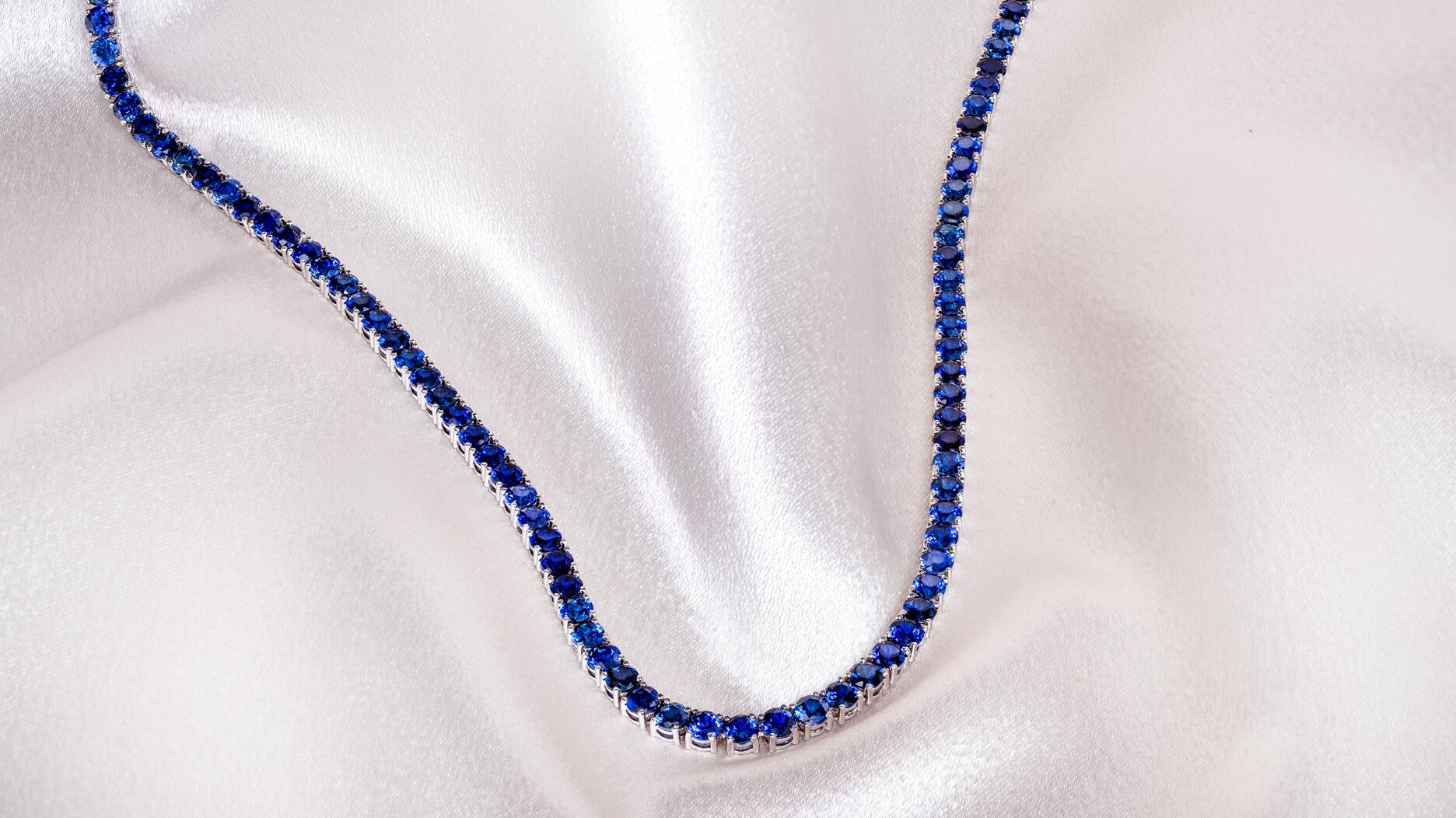The new pink sapphire version of the piece dances with its wearer in the brand’s “Icons After Dark” holiday campaign.
6 Trends and Observations from the 2020 Tucson Gem Shows
Gauging buying at the shows, the stones and shapes we heard about nonstop, and other considerations from the desert.

The sheer amount of material and members of the trade gathered together in one small city is incomparable, as is the desert in the middle of the wintertime.
This year, a decent holiday season seemed to roll into a great start to the year for many; the 2020 shows had plenty of activity and discussion.
Here are six things I noticed while walking the show floors and tents, attending education seminars and sessions, and talking with members of the industry.
1. The shows went well, and buying was strong.
Ahead of the shows, I seemed to hear a lot of variations on one phrase—“cautious optimism.”
It’s a phrase we hear a lot at National Jeweler from industry members when we’re trying to gauge the months, or even year, ahead.
And yet even with the positivity ahead of time, the 2020 Tucson shows seemed to do better than expected.
Almost everyone I talked to near the end of the week said this year had been good for them, with a few even noting it had been their best, or one of their best, years ever.

2. In faceted stones, the trends were pretty much what I expected.
The beauty of Tucson is that you can see just about any colored gemstone while you’re out there.
But as I was walking around AGTA and GJX toward the end of the week and talking to exhibitors about what was hot, there were a few stones I kept hearing about again and again: spinel, sapphires and garnets.
This falls in line with what a number of exhibitors predicted ahead of the shows.
In spinel, the story was all about the grays and icy shades. For sapphires, purples and pinks were hot, but the real star of the shows appeared to be Montana sapphires.
Purple and pink garnets were hot too, but the stone overall is really finding its footing and currently holds the title of “trade darling.”
There was also a lot of talk about hexagon cuts, kite shapes and other geometric cuts in stones that offer an updated, modern look to a gem.
3. Freeforms and freeform rose cuts were prevalent.
These unusual shapes didn’t make up a large portion of inventory at the booths, but I saw little selections here and there all over—freeforms, natural shapes, slices and the like.
They’re perfect for the jeweler who’s looking for something unique and different.
Quality cutting has always been desirable, for obvious reasons, when it comes to fine stones.
But the past few years have shown that more attention also is being paid to the faces behind the stones, especially for cutters creating one-of-a-kind designs.
There is an increasing number of cutters whose names we now know and whose work we sometimes even recognize, just as you would a jewelry designer.
More and more, they’re marketing themselves as such. I think the trend has a lot to do with social media; being able to have an Instagram presence, for example, to showcase their work.
On the afternoon of Saturday, Feb. 8, I went to the Somewhere in the Rainbow booth at AGTA to meet baby Jenova and take a picture of all the cutters involved in the baby mobile project called Grace, which I think is also a perfect showcase of this evolution in the market.
Nearly all 20 cutters showed up, and what struck me was not only how friendly and happy they all were to be there, but also how the project showcased their importance in the market today.
5. There is a lot of conversation around, and focus on, countries of origin and their development.
This shouldn’t be surprising, given the importance origin plays in the sales of colored stones in the market today.
Yet it felt like there was even more talk about important source regions this year.
Education sessions at AGTA GemFair, for example, included an update on sapphires from Madagascar, as well as a session from GIA on rubies from Mozambique.
I also learned some industry members were organizing a gem exhibition and conference this summer in Zambia, in the same vein as the Kenya Gem and Jewellery Fair. (I’m working on gathering all pertinent details and hope to have a more formal story on the launch soon.)
There also were numerous conversations throughout the week about expanding programs to travel to the source and discussing developments in source countries affecting the market.
I’m happy to see the emphasis in this area.
Ethical sourcing and sustainability are among the industry’s most important topics these days, and I don’t think that conversation can fully happen without members of the trade ensuring they understand how these markets are developing and how those playing a vital role abroad are faring.

6. The time is right for colored stones.
The past few years have paved the way for colored stones to continue to emerge as a solid option for jewelers. They offer margin, they offer something different, and they provide a story.
Combined with the strong buying activity and enthusiasm I saw for the sector in Tucson this year, I’d say there’s nothing but upside for colored gems.
I look forward to watching the market develop.
The Latest

A choice that’s generated a lot of commentary, Pantone says “Cloud Dancer” marks a fresh start and encourages relaxation and creativity.

The manufacturer’s holiday campaign features a gift guide filled with trending designs and jewelry that can be personalized.

How Jewelers of America’s 20 Under 40 are leading to ensure a brighter future for the jewelry industry.

The man was charged with theft, accused of ingesting the necklace while in a jewelry store in Auckland, New Zealand.


The Florida independent expanded its store from 8,000 to 14,000 square feet, fulfilling the vision of its late co-founder, Jim Dunn.
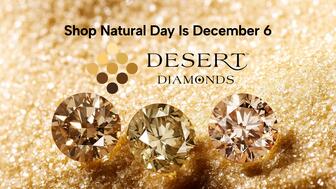
Sponsored by De Beers Group

Roseco’s 704-page catalog showcases new lab-grown diamonds, findings, tools & more—available in print or interactive digital editions.

The classic 5600 series G-Shock has been scaled down to about a tenth of its size, becoming a fully functioning watch ring.

The association’s annual conference and gala will take place Feb. 4, 2026, during the Tucson gem shows.
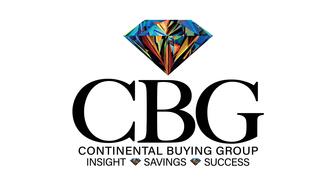
The January show will include a workshop for jewelry retailers on implementing AI to strengthen their businesses.

Fellow musician Maxx Morando proposed to the star with a chunky, cushion-cut diamond ring designed by Jacquie Aiche.

The retailer, which sells billions in fine jewelry and watches, is suing the Trump administration and U.S. Customs and Border Patrol.

Black Friday is still the most popular shopping day over the five-day holiday weekend, as per the National Retail Federation’s survey.

The historic egg, crafted for Russia's ruling family prior to the revolution, was the star of Christie’s recent auction of works by Fabergé.

The retailer offered more fashion jewelry priced under $1,000, including lab-grown diamond and men’s jewelry.

The eau de parfum is held in a fluted glass bottle that mirrors the decor of the brand’s atelier, and its cap is a nod to its “Sloan” ring.

Vivek Gadodia and Juan Kemp, who’ve been serving as interim co-CEOs since February, will continue to lead the diamond mining company.

In addition, a slate of new officers and trustees were appointed to the board.
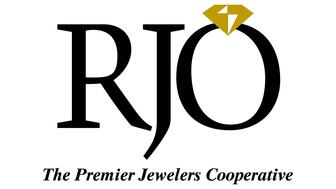
Witt’s Jewelry in Wayne, Nebraska, is the organization’s new milestone member.

Laurs is the editor-in-chief of Gem-A’s The Journal of Gemmology and an expert on the formation of colored gemstone deposits.

The man, who has a criminal history, is suspected of being the fourth member of the four-man crew that carried out the heist.
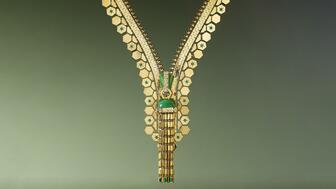
The single-owner collection includes one of the largest offerings of Verdura jewels ever to appear at auction, said Christie’s.

Michael Helfer has taken the reins, bringing together two historic Chicago jewelry names.

The guide features all-new platinum designs for the holiday season by brands like Harwell Godfrey, Ritani, and Suna.

During its Q3 call, CEO Efraim Grinberg discussed the deal to lower tariffs on Swiss-made watches, watch market trends, and more.
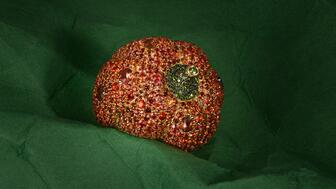
Rosior’s high jewelry cocktail ring with orange sapphires and green diamonds is the perfect Thanksgiving accessory.










